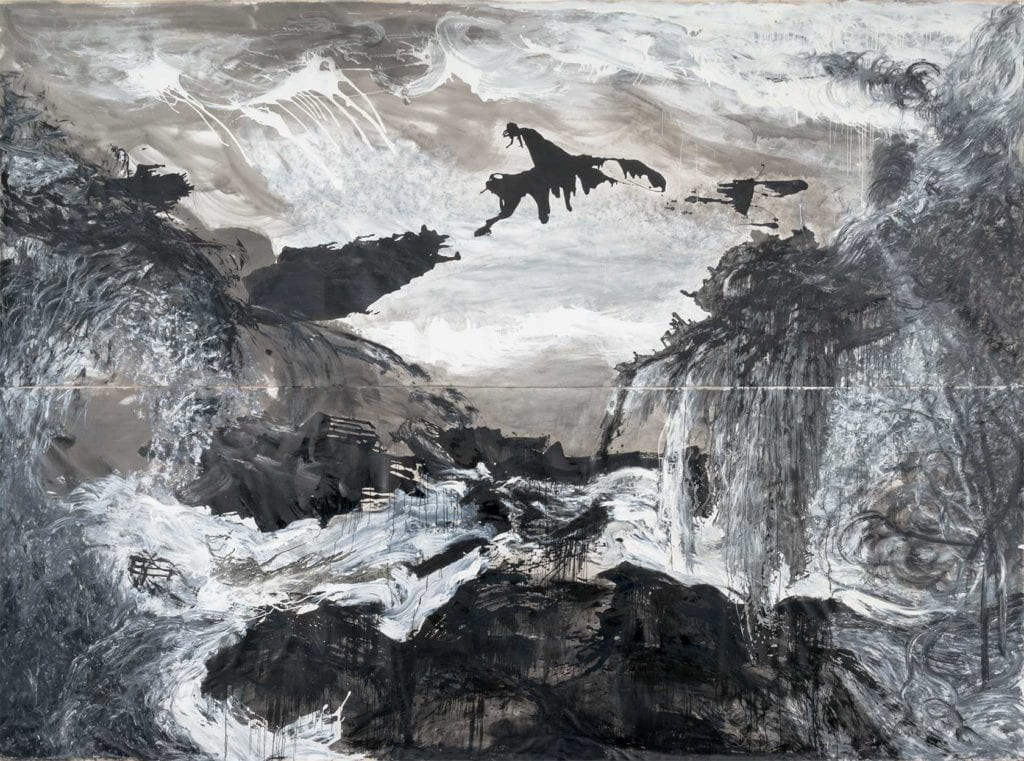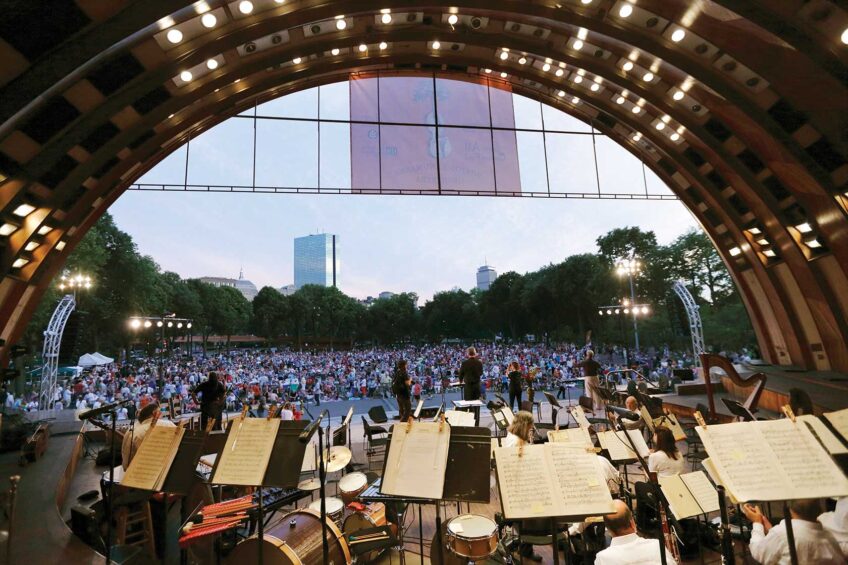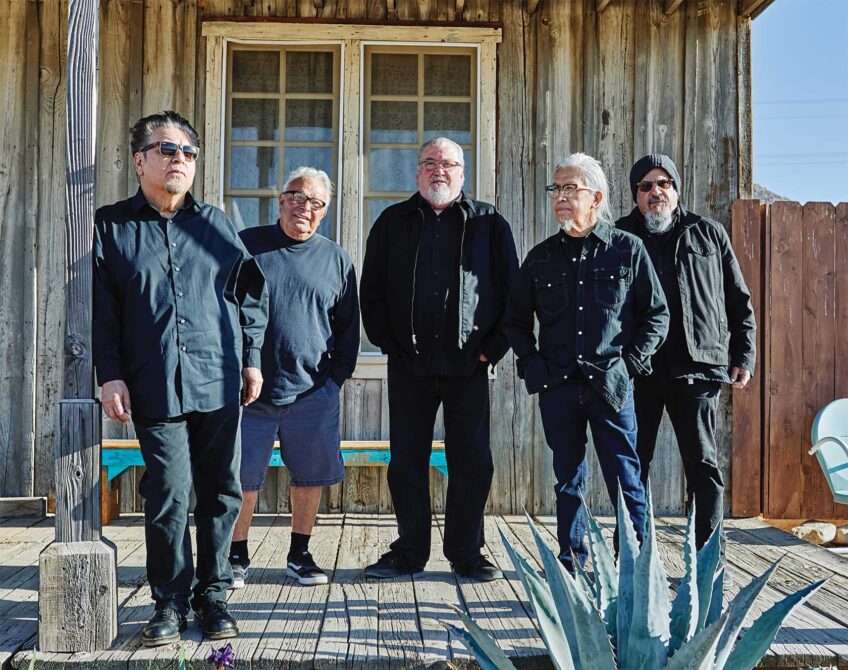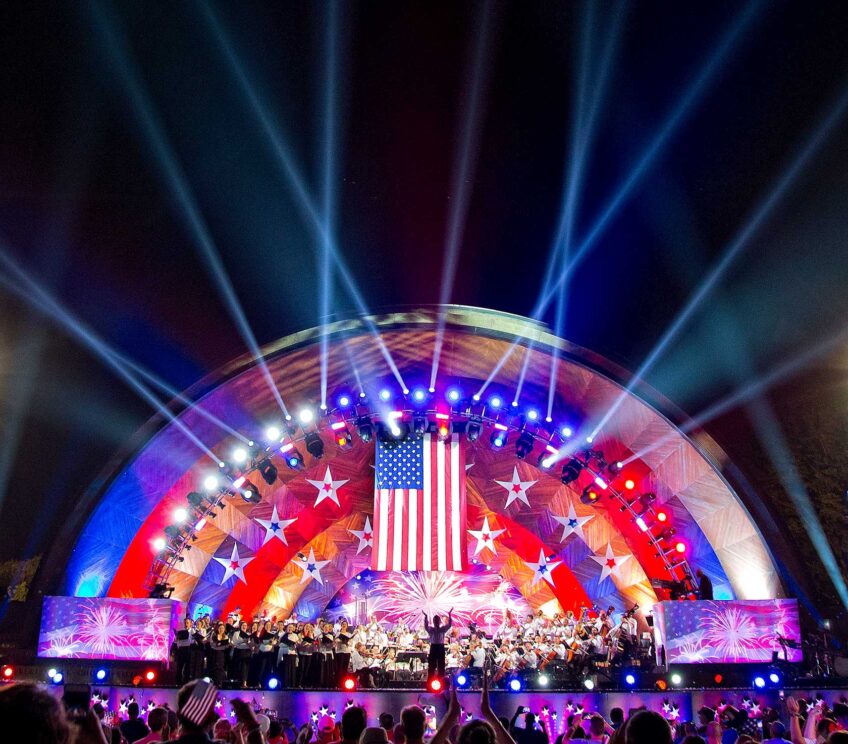
Seen by more than a billion TV viewers, a dance-theater performance directed by Chinese-American artist Shen Wei was a high point in the sensational opening ceremony of the 2008 Olympics in Beijing, showing a cadre of dancers conjuring a traditional scroll painting with their bodies.
Renowned as a dancer, choreographer and director of staged productions who incorporates Chinese and Western cultural traditions within contemporary works, Shen Wei also brings these influences to his painting and filmmaking. A concise, elegant exhibition entitled “Shen Wei: Painting in Motion,” on view at the Isabella Stewart Gardner Museum through June 20, 2021, is the first North American exhibition to present Shen Wei’s work across media. The exhibition includes his 2020 film commissioned by the Gardner, “Passion Spirit.”
Co-curated by Peggy Fogelman, the museum’s director, and Pieranna Cavalchini, its curator of contemporary art, the exhibition makes the most of its hospitable setting, a Venetian palazzo on the Fenway. The works on view, along with an interior garden of poinsettias, amaryllis, and flowering jade offer pandemic-weary visitors a time of respite and contemplation.
A handsome catalog and wall texts in both Chinese and English complement the works on view, which show Shen Wei’s abiding interest in the affinities between energy flows within the moving human body and in nature.
Raised in Hunan Province and trained from age 9 in Chinese opera, acrobatics and martial arts, Shen Wei, now 52, was a founding member of China’s first modern dance company. He moved to New York in 1995, and in 2000 became founding artistic director of Shen Wei Dance Arts. He received a 2007 MacArthur fellowship, known as a “genius grant,” for his dance theater innovations.
No stranger to the Gardner, Shen Wei staged a dance in its courtyard in 2017, and as an artist-in-residence during 2018 and 2019 developed two of the paintings on view in the museum’s contemporary wing.
At the gallery entrance, wall text presents a statement by Shen Wei: “I am made of Eastern and Western ingredients. Now wherever I work or live, I bring, express, and share this conjunction of states of being.”
Drawn from three series spanning 2005 to 2020, the paintings on view hover between naturalism and abstraction. Conjuring the forms and movements of earth, sky and water, they are contemporary kindred to the landscapes in ancient Chinese scroll paintings.
“Untitled Number 6” (2014) is a magnificent panorama in autumnal tones, both turbulent and serene with its kinetic use of dynamic forms and dribbling currents of pigment. The riveting “Reflecting Elements” (2019), a series of five sepia-toned panels, ripples and glows as it conjures the mutations of cloud-like forms that evoke mountains, forests and riverbeds.
Displays in illuminated drawers offer an intimate introduction to the artist, showing his memorabilia, photographs, scripts, sketches and notebooks handwritten in both English and Chinese.
Accompanying a huge canvas painted in black-and-white is a 10-minute guided meditation accessible via smartphone.
A one-hour program in the contemporary wing’s Calderwood Hall presents three short films by Shen Wei along with clips from his dance theater productions.
“Inner Shadow of Movement” (2016) follows the fascinating interplay between a soloist and the sinuous architecture of the Harbin Opera House in the northern Chinese city of Harbin, a curvilinear structure that mirrors and seems to rise from its landscape, a windswept marshland. “April” (1998), an introspective film shot in black-and-white, is the only one in which Shen Wei is the protagonist. Alternately playful and pensive, the artist explores a spare landscape evoking Ingmar Bergman’s setting for the dance of death in “The Seventh Seal.”
The Gardner-commissioned film “Passion Spirit” (2020) is on view where it was filmed, in the palazzo. Faces and profiles from the museum’s Medieval and Renaissance paintings and busts overlay closeups of a dancer, who, attired alternately in white and red, explores her dual selves as spirit and body. A still from the film in which the dancer carves a calligraphic swirl in the sand with her black high heel appears on the museum’s façade.
Complementing the exhibition will be a series of virtual programs in the museum and in partnership with the Pao Arts Center in Chinatown and the Chinese Folk Arts Workshop in Cambridge.
Conducive to contemplation, the exhibition comes at the right time, says Cavalchini. “It was three years in the making. We couldn’t have planned a better time for it. Visitors find comfort and grounding as they reflect on these works.”









